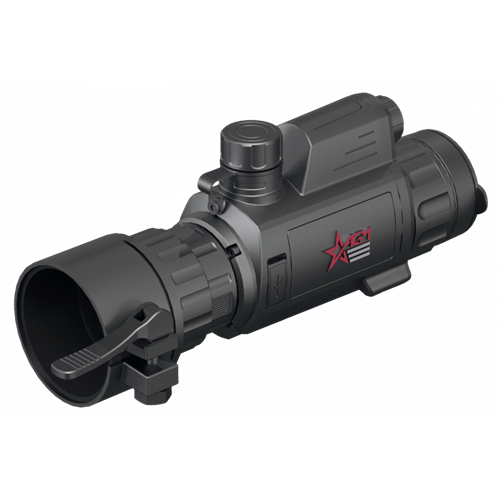
Night vision scopes reveal a whole new world in the dark, but different weather conditions can affect performance. Whether you’re hunting, watching wildlife or on a tactical mission, knowing how to adapt to environmental factors makes a big difference. Here are some tips for using your night vision scope in various weather conditions.
1. Fog and Humidity
Fog and high humidity can scatter light and create a glowing effect that reduces image clarity. Here’s what to do:
Use an Infrared (IR) Illuminator: An IR illuminator can cut through the haze.
Look for Anti-Fog Coatings: Some night vision scopes have fog-resistant coatings to minimize blur.
Allow for Proper Acclimatization: If moving from warm to cold, let your scope adjust to the temperature before use.
2. Rainy Conditions
Rain can obscure vision and affect night vision devices. To stay effective:
Get a Waterproof Scope: Invest in a water-resistant or fully waterproof night vision scope to prevent damage.
Keep the Lens Dry: Use a lens cover when not using the scope and carry a microfiber cloth to wipe away water droplets.
Increase IR Intensity: A strong IR illuminator can counteract the contrast reduction caused by rain.
3. Snow and Cold Weather
Cold weather and snow can reflect infrared light and cause excessive brightness or glare. Here’s what to do:
Adjust Brightness Settings: Lower the brightness or use manual gain to balance light exposure.
Protect Against Battery Drain: Cold temperatures can drain batteries, so keep extras warm in an inner pocket.
Use Protective Covers: Snow on the lens can degrade image quality so keep a cover handy when moving between locations.
4. Dust and Windy Conditions
Dust and wind can cause visual distortions and even damage your scope over time. To protect against these:
Use Lens Caps and Covers: When not in use, cover the lens to prevent dust accumulation.
Clean Your Scope Regularly: Dust can build up quickly, use a soft brush or air blower for maintenance.
Use a Stable Mount: Wind can affect scope stability so secure it properly on a tripod or firearm
5. Night Vision in Extreme Heat
Hot temperatures can cause thermal distortion and scope malfunction. Here’s what to do:
Store in a Cool Spot: Don’t leave your scope in direct sunlight or a hot car.
Check for Overheating: If your scope gets too hot, let it cool down before use.
Use Shading: When possible, operate in shaded areas.
Final Thoughts
Weather can pose challenges to night vision performance, but with the right precautions, you can maintain clear visuals in almost any condition.
Looking for high-quality night vision scopes built for all-weather conditions? Explore our top-rated selection today! Get PVS-14 with 10-year warranty!


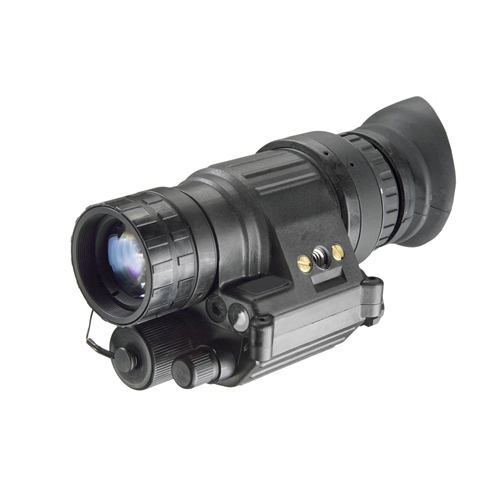
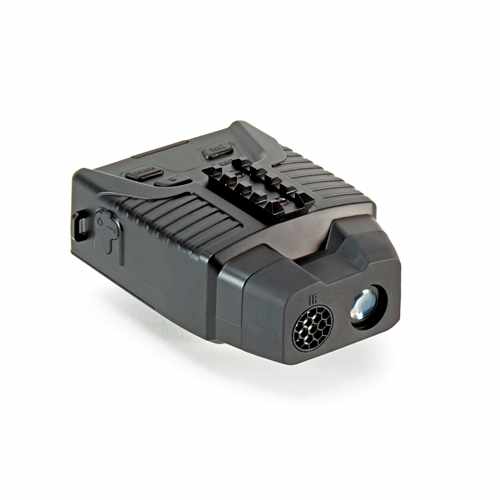
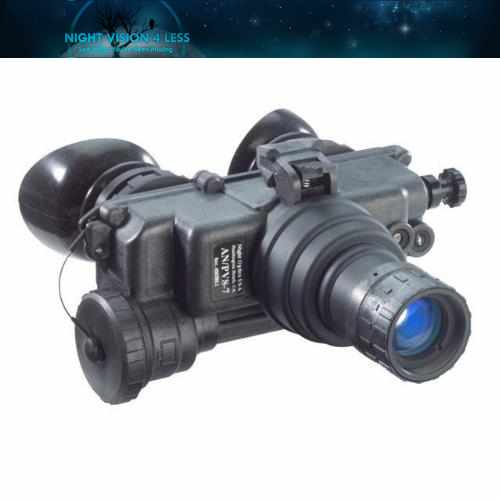
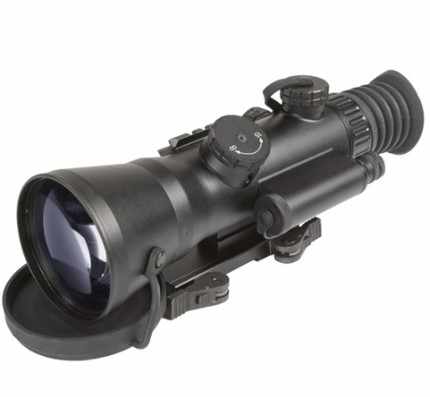
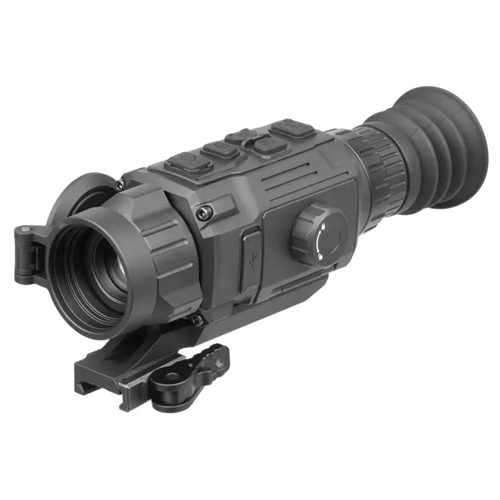


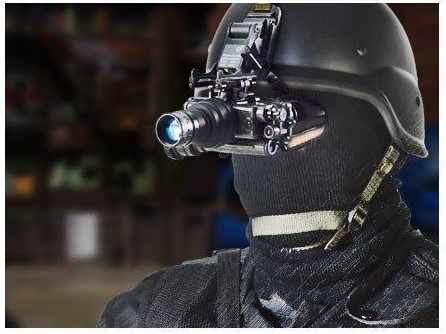
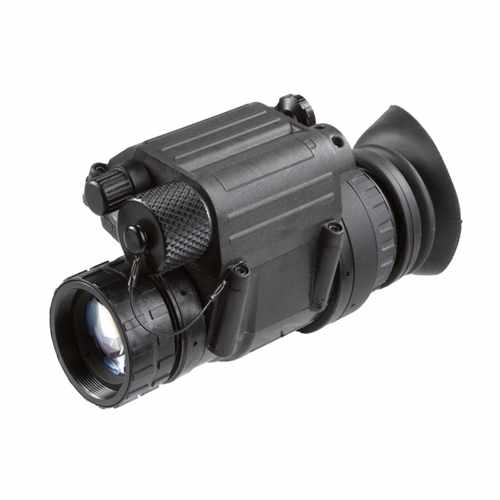




Write a comment ...